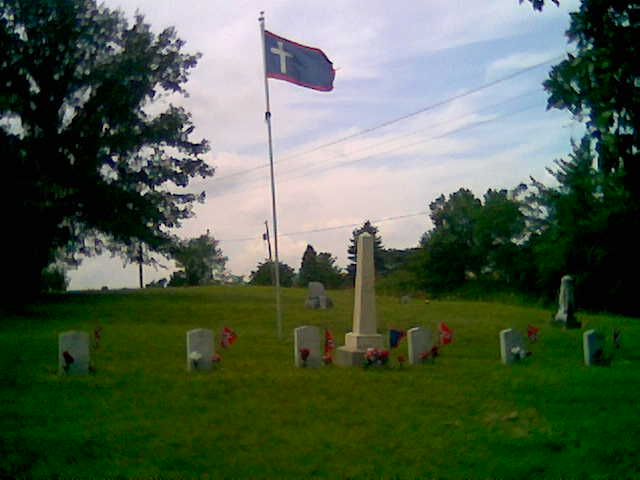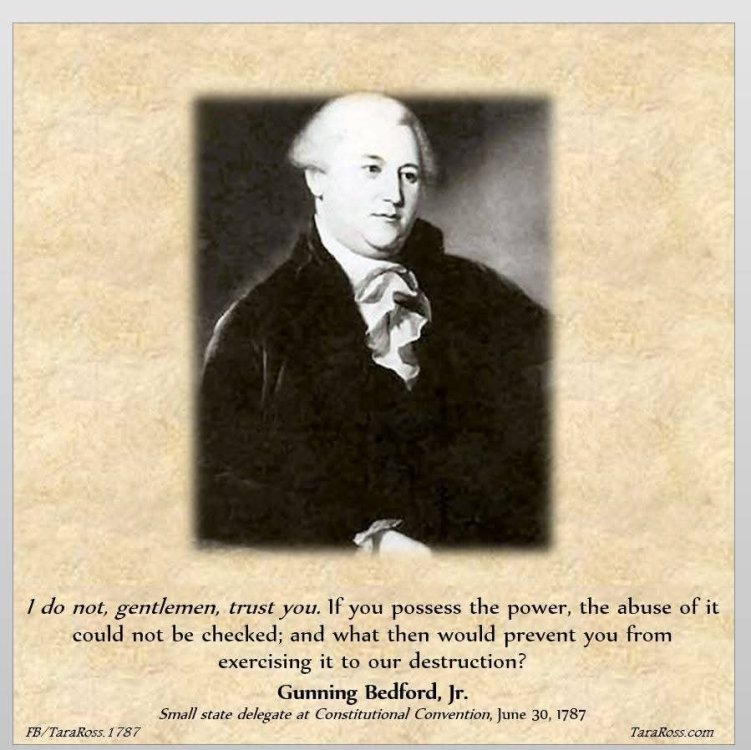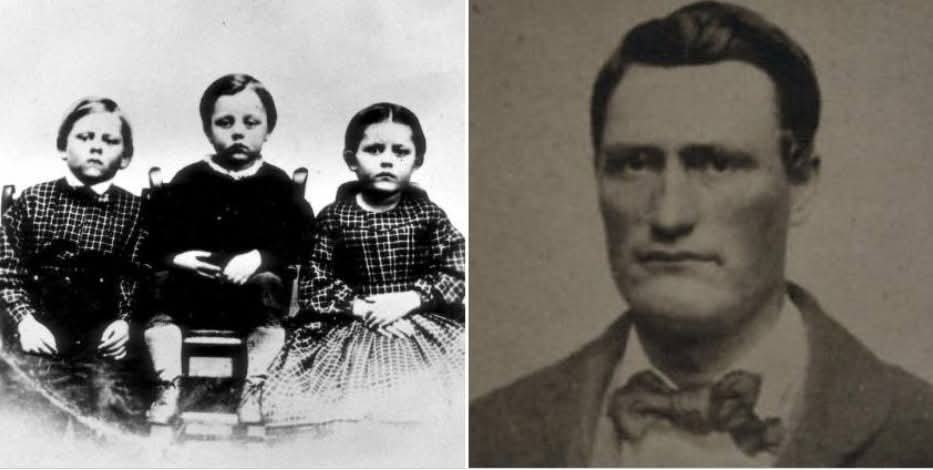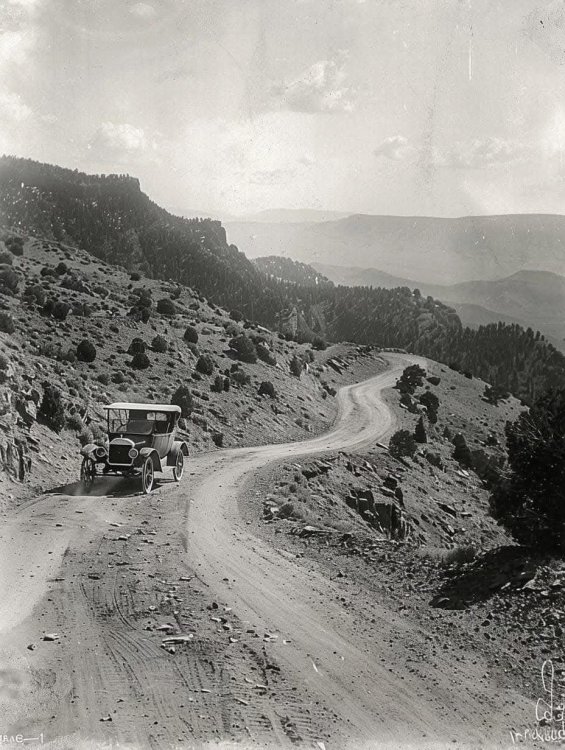-
Posts
53,394 -
Joined
-
Last visited
-
Days Won
631
Content Type
Profiles
Forums
Events
Everything posted by Subdeacon Joe
-
That company had a genius bit of Sabotage in WWII They were small actions of resistance at first, like refusing to meet with German officials other than through intermediaries. After all, PJB wasn't going to just roll over and let the Germans take over his factory without a fight. It’s just that the ‘fight’ had to be subtle, micro-aggressions that would go undetected in day-to-day life while still stymieing the occupiers in reaching their objectives. So, short of refusing to build trucks for the German army, a resistance that would have seen him executed, Boulanger instead came up with more cunning ways to resist the occupying forces. His first act of resistance was to order a ‘go-slow’ on the Citroen T45 production line, keeping the Germans waiting for their crucial transport infrastructure, a move that affected the movement of troops and supplies throughout occupied France. It was a minor victory for PJB and Citroen, but by such small actions do bigger victories come. Boulanger’s next act of resistance was far more ingenious, and one that had bigger repercussions for the German army. And yet, it was beautiful in its simplicity. ........... As Reynolds wrote in his 2001 book, The Citroen 2CV, Boulanger, however, had other ideas, and every new T45 that rolled off Citroen’s production line destined for the German army, was equipped with a custom-designed dipstick, one where the notches that indicated engine oil levels had been significantly lowered. And that meant when it came time for German engineers and mechanics to service their T45 trucks, the tampered dipsticks would indicate that there was plenty of oil in the T45’s sump when in fact, the French-built warhorse was running desperately low. ‘Alles gut, wir brauchen kein öl,’ was, in all likelihood, a common refrain heard in German mechanical workshops, before sending their supply trucks to the front with a golden seal of approval little realising they were critically short on oil. You can imagine what happened next. Starved of the golden lubricant, a motor engine’s elixir of life, the Germans’ Citroen T45 transporters broke down with alarming regularity, their engines seizing up leaving troops and supplies stranded by the roadside while the French celebrated their small victories with a glass of vin rouge while puffing insouciantly on a Gauloises.
-
You don't need sage https://www.instagram.com/reel/DLkf50DOMLh/?igsh=MzRlODBiNWFlZA==
-
- 2
-

-
Good stuff.
-
Thank you for the detailed response.
-
This outdoes our Fastest Train To Nowhere. https://www.thetimes.com/world/asia/article/90-degree-turn-brings-bridge-project-to-a-screeching-halt-gnqqdkrrv "A nearly 90-degree turn was built into the railway over-bridge, leaving drivers aghast as they were expected to screech to sudden halts before taking what critics have said are dangerously sharp turns." But wait! "A similar engineering faux pas occurred in Bombay in Maharashtra, also ruled by the BJP, last year. The two sides of a new overbridge failed to meet in the middle, with a misalignment of six feet rendering it a bridge to nowhere. “Yes, truly the first in India, probably in the world, that the two bridges that were to be joined have a difference of six feet in height,” the opposition leader Aaditya Thackeray said at the time." Now, how many American companies hire Indian engineers here on H1B visas?
-
-
The only way to answer is, "It depends." Is this the first time Mom has been in trouble with the law? What was the charge on which she was convicted? Shoplifting? Probably not. Mom holding her daughter down while Mom's boyfriend molested her? Probably yes.
-
July 17, 1944. Dale Evans stands barefoot on a dusty Los Angeles soundstage, taps the heel of her Gibson guitar twice for invisible count-off, and belts the first verse of a song she wrote on butcher paper while frying eggs for her son the night before. Nobody knows the tune yet—“Happy Trails” is still a scribble—but Republic Pictures suits lean in like prospectors hearing gold under shale. Three decades earlier she was Frances Octavia Smith, a shy red-haired farm kid who eloped at fourteen so she could escape cotton rows and taste city air; the marriage lasted less than a harvest, but the freedom stuck like prairie burrs. She waited tables in Memphis through the Great Flood of ’27, sneaking onto WMC radio after closing shifts to sing jazz standards under a fake name because minors weren’t allowed on the late-night frequency. A program director finally asked her real handle; she invented “Dale Evans” on the spot—“Dale” after a favorite cowboy serial, “Evans” because the script needed symmetry. The new persona unlocked doors. She became Chicago’s “Queen of the Air,” cashing twenty-five-cent requests while studying arrangement theory by transcribing Benny Goodman solos at half speed. Hollywood followed, and so did heartbreak: studio press agents wanted a glamor doll, so she performed vocal warm-ups inside a mop closet to avoid gossip scribes who mocked her Oklahoma vowels. Yet she weaponized those vowels, turning rustic honesty into a brand. When wartime producers begged for a duet partner to tame Roy Rogers’ rambunctious fan base, she brought her guitar, one coffee-stained lyric sheet, and the nerve to insist on equal billing. Roy nodded once and never looked back. November 29, 1952. A stiff breeze lifts the canvas walls of a makeshift tent hospital in Seoul, and Dale—clad in USO khakis stitched with a hidden pocket—slips harmonicas and peppermint sticks to wounded infantrymen who think she’s there only to croon. Between sets she scribbles prayer notes for mothers back home, then mails them from a Taiwan layover because Pentagon censors can’t track foreign postmarks. Returning stateside, she discovers her newborn daughter Robin has Down syndrome. Studio publicists urge silence; instead Dale writes the bestseller “Angel Unaware,” funneling royalties into scholarships for special-needs kids long before the term existed. She and Roy adopt four more children—two mixed-race, two war orphans—defying sponsors who warn it could “confuse Middle America.” She shrugs, records a Christmas special emphasizing family is chosen, and ratings jump twelve points. In 1969 she testifies before Congress, slipping a harmonica to a bored page boy and telling senators that inclusive playgrounds cost less than wheelchairs. During breaks on the “Roy Rogers Show” she sketches prosthetic-saddle designs so kids with cerebral palsy can ride horses; ten prototypes later, a San Bernardino ranch teaches therapeutic riding nationwide. At seventy she earns her pilot’s license, flying rescue dogs from hurricane zones because “trail bosses don’t retire, they reroute.” She dies at eighty-eight with boots by the bed and a half-finished lyric about Martian cowgirls grazing red-dust skies—a reminder that imagination’s horizon always shifts. The Friday after her funeral, children at a Phoenix rehab center strum borrowed guitars and shout her unfinished chorus. The staff hears something familiar: two heel taps, and a melody that still promises happy trails. #cowgirl #happytrails #trailblazer #usousa #texas dale evans hidden stories queen of the air roots angel unaware legacy roy rogers duet origins cowgirl innovation tales
- 8 replies
-
- 14
-

-

-
https://www.instagram.com/reel/DJTBOpYAPDd/?igsh=MzRlODBiNWFlZA==
-
https://www.instagram.com/reel/DK69yP4tq5x/?igsh=MzRlODBiNWFlZA==
-
-
-
-
On this day in 1787, the Constitutional Convention is underway. A small state delegate stands up and addresses the large state delegates in the room. Actually, he didn't calmly address them so much as he *blasted* this statement at them! Can't you just imagine the tension in the room when he was done? "I do not, gentlemen, trust you. If you possess the power, the abuse of it could not be checked; and what then would prevent you from exercising it to our destruction?" This may be one of my favorite quotes from the Constitutional Convention. It summarizes, so succinctly, the fears felt by the citizens of so many small states at that time. How can America be self-governing, but also ensure that the large states do not constantly trample and abuse the small states? As you know, the Convention ultimately worked out many compromises. Our Constitution is full of many checks and balances that work as safeguards for our liberty. Just another reason to celebrate during this long Independence Day weekend. #TDIH #AmericanHistory #USHistory #liberty #freedom #ShareTheHistory
- 6 replies
-
- 12
-

-

-
Nothing matters but The Party and its ideology.
-
-
As found on FB. Grievously wounded and bleeding profusely, a soldier staggers into an alley off a Gettysburg street and collapses, the few survivors of his shattered regiment rushing past him in a panicked retreat. Feeling his life draining away, the soldier reaches into his pocket and takes out an ambrotype photograph of three small children. He gazes lovingly into their faces as he takes his final breath. Three days later, with the Confederate army defeated and gone, a young girl found the soldier’s body, his hand still clutching the photograph. After checking to see if the man had anything on him that would identify him, and finding nothing, she took the photograph and gave it to her father, a tavern keeper in nearby Graeffenburg. A few days later four physicians on their way to Gettysburg to tend to the wounded were forced to stop in Graeffenburg after their wagon broke down. Waiting in the tavern while the wagon was being repaired, the men were told the story of the unknown soldier and the photograph. Deeply moved, one of the men, Dr. John Francis Bourns of Philadelphia, decided to take it upon himself to find the family of the fallen soldier. He convinced the tavern keeper to give him the photograph, and with the assistance of his daughter, Dr. Bourns located and carefully marked the soldier’s grave. Back in Philadelphia Dr. Bourns told the story to the local press. In a piece titled “Whose Father Was He?” an editor at the Philadelphia Inquirer described the photograph (the technology of the day did not permit photographs to be reproduced in newspapers) and wrote, “What pen can describe the emotions of this patriot-father as he gazed upon these children, so soon to be made orphans!”, calling upon other papers to spread the story. Soon the sad story of the unknown soldier and his children was appearing in newspapers all across the country. A Philadelphia religious journal called The American Presbyterian republished the Inquirer’s story and in November 1863 the journal was delivered to a subscriber in the small western New York town of Portville. After reading it, he passed the journal around to other members of the community. One of them was Mrs. Philinda Humiston, who gasped when she read the story. Early that year she had sent her husband a photograph like the one described— a picture of their children Franklin (8 ), Alice (6), and Frederick (4). She had heard nothing from him since the Battle of Gettysburg. The Portville postmaster wrote Dr. Bourns with the news, and he rushed a copy of the photograph to Mrs. Humiston. Yes, she confirmed. It was the photograph she had sent to her husband. The dead soldier was Sergeant Amos Humiston of the 154th New York Volunteers. Amos Humiston was a 31-year-old harness maker when he volunteered, eager to serve his county after being assured by townspeople that his family would be cared for in his absence. His regiment was badly mauled in the Battle of Chancellorsville and Amos had been wounded, narrowly escaping death. He soon recovered and on the first day of the Battle of Gettysburg he and his regiment were posted behind a fence in a brickyard in the town when they were overrun by Isaac Avery’s North Carolina brigade. Outflanked and outnumbered, nearly all the men in Humiston’s regiment surrendered. But Amos made a run for it instead, going less than a quarter mile before being shot down. Of the 239 men in his regiment, 178 were captured, 21 were wounded and one, Sergeant Humiston, was killed. It was the highest percentage casualty rate of any Union regiment in the battle. The story of the Humiston family touched the entire nation. Songs and poems were written about them, and probably thousands of copies of the famous photograph were sold. Their story inspired the creation of the National Orphans Homestead in Gettysburg, and Mrs. Humiston and her children were among the first residents. In October 1869 Philinda married a Massachusetts minister named Asa Barnes and she and her children left the orphanage. All three of the children attended Lawrence Academy in Groton Massachusetts. Franklin went on to Dartmouth, the University of Pennsylvania Medical School, and a long and successful career as a physician. Alice never married and died in a tragic fire at age 76. Frederick became a prosperous grain merchant, dying at age 59. Amos Humiston was killed on July 1, 1863, during the first day of the Battle of Gettysburg. He died thinking of the family he left behind in New York. Today a monument in his honor stands near the spot where he fell—the only monument on the battlefield in honor of a single enlisted man. ADDED: Pick a century, pick a war. The faces change, but almost all are young, the names change, the technology changes, but the stories stay much the same.
-
- 7
-

-

-
-
-

For all you hammered coach shooters
Subdeacon Joe replied to Whitey James's topic in SASS Wire Saloon
If you're hammered you shouldn't be handling firearms. And you shouldn't be shooting coaches no matter what. Sorry, sorry ... that was my initial warped take on the subject line. -
From FB photo/share : Walt legits Route 66 La Bajada Hill Near Santa Fe, N.M. Between the years of 1926 - 1932 this was Route 66. This road goes back a long way in time though, almost 400 years in fact. Originally it had been part of the Camino Real de Tierra Adentro, or Royal Road to the Lands of the Interior, and ranks as the oldest European highway in the U.S. Bajada means "The Descent" or "The Drop" in Spanish, and this road lived up to it's name dropping about 1,000 feet in a 1.5 miles. It had 23 hairpin turns, some of them having a very steep grade. In spite of all this the road was considered perfectly safe, as all of the turns were widened to accommodate the largest automobiles of the time and those turns that might prove dangerous had stone retaining walls on the outside to prevent cars going off the road and down the cliff. #santafe #newmexico #desert #desertmagazine #route66 #bajada
-
During the Glass Fire (2020) in Sonoma and Napa Counties some idjits over in Placer County were tree sitting to prevent PG&E from taking down trees to meet state requirements for fire safety.





_01.thumb.jpg.492adb40e3584805609821aa410d774d.jpg)









